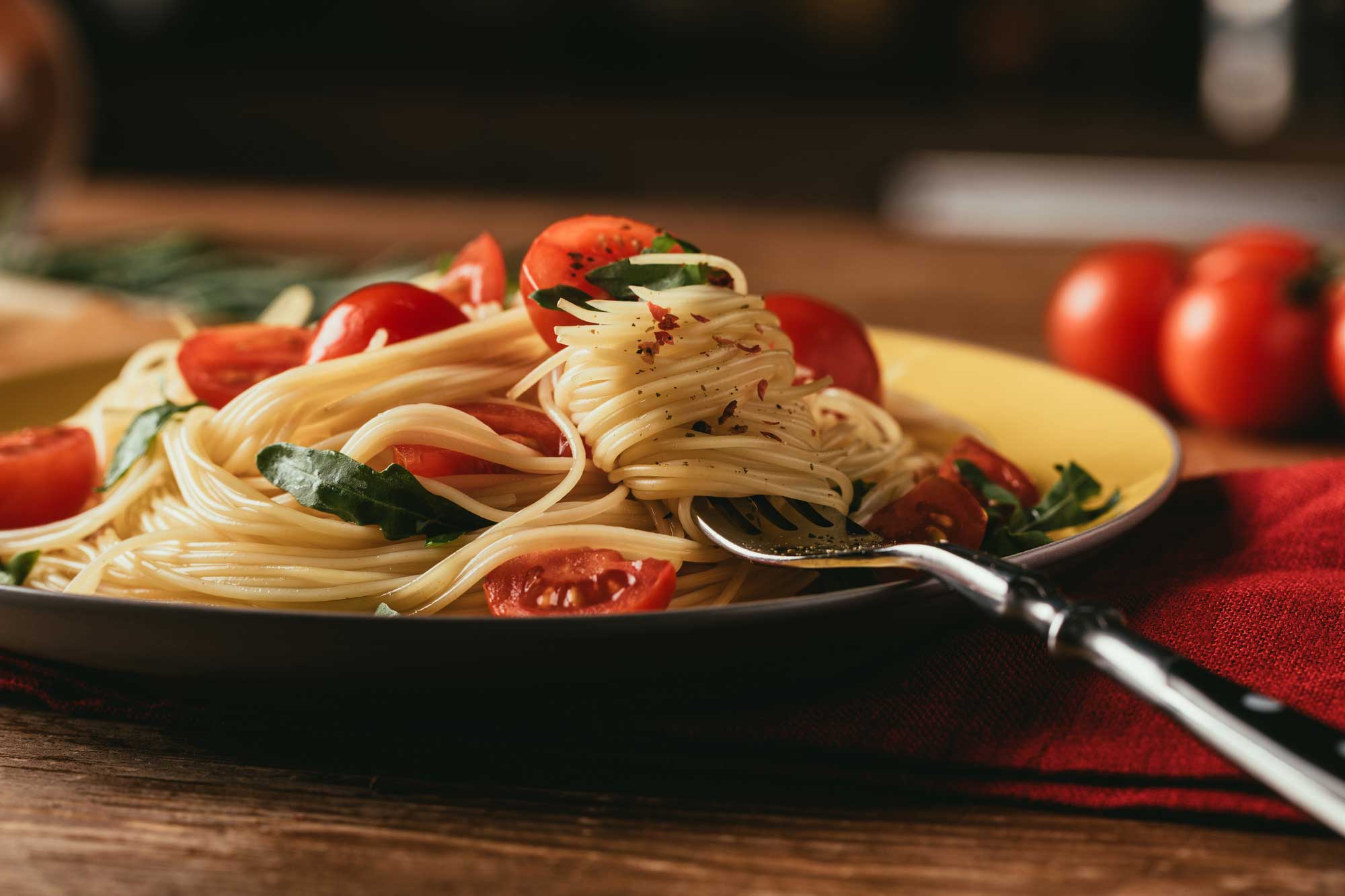When it comes to wines, the most commonly known types are red and white. While there are several aspects on which wines can be classified, these color differences make it easy and obvious for beginners. But other than the obvious color difference, what are the other factors that differentiate between red wine and white wine?
Knowing the basics of wine will help you order better at the Italian wine bar NYC. So, keep reading to learn more about red and white wine.
Table of Contents
The difference in Their Production
The most important difference between red wine and white wine is the difference in color which is a result of differences in their production. If you have ever seen the inside of grapes you would know that grapes have clear juice. It’s the skin that is usually pigmented. So, no matter what grape you take, if you are removing the skin, you will get clear juice.
The pigment of red wine is because of the skin of the grapes. In addition to the normal production technique and procedure followed, to make red wine, the process of maceration is included. Maceration is the process in which the skin of the grapes is kept along with the juice throughout the fermentation of the red wine. After this step, the red wine is pressed.
In the case of white wine, pressing takes place before fermentation. So the white grape juice is first pressed and then fermented. Moreover, there is no additional step of maceration.
Differences in Taste and Body
For someone who has tried both wines, determining the difference in taste is easy. But to note the flavors theoretically, we would say red wine is richer in taste and the taste resembles the flavors of the berry family, herbs, and spices. White wine, on the other hand, is comparatively lighter than red wine in taste and resembles citrus fruits.
Stepping deeper into the wine tastes and flavors, one would experience that even red and white wine have different flavor notes.
Lighter red wines would taste more like cherries and strawberries and as the intensity and richness of the red wine increase, they taste more like plums and blackberries. Similarly, lighter white wines taste like pears and apples and as the intensity of the wine is increased, they get an even more intense citrus flavor like pineapple and mango.
There is also a significant difference in the mouthfeel of both wines. Red wine has a richer, astringent feel because of the presence of tannins. Tannins are in the skin of the grapes and are more prominent in young red wines. As the wine ages, tannins tend to soften up.
In white wine, tannins have the least to no role to play. However, acidity plays a significant role in the structure and body of white wine. White wine has acids that contribute to its crisp, citrusy profile.
Difference in Stemware
There is a visible difference in the glasses or stemware in which red wine and white wine are served. While a lot of people don’t really know how drinking in a particular glass can make a difference, experts believe choosing the right stemware can influence and enhance the experience a lot.
Red wines are served in glasses that have a larger bowl and they are considerably curved. The opening is wider as well. White wine glasses are slightly curved and smaller in bowl size. They may even be defined as a little elongated. The opening or the mouth of the glass is relatively narrow.
According to sommeliers, red wine glasses have wider bowls and openings so that the wine can get oxidized easily. Getting in contact with air can enhance the flavor of red wine.
The white wine glass has a longer stem as compared to the red wine glass so that the consumer does not touch the bowl of the glass. White wine is supposed to be served cold, or below room temperature and holding the glass from the bowl can alter the temperature of the wine.
Which Wine Is Healthier?
As per the studies and research conducted, red wine is healthier than white wine. Red wine can lower bad cholesterol levels and promote heart health. It is rich in antioxidants and reduces the risk of cancer. It is considered good for skin and maintaining a healthy weight as well.
White wine may not have as many health benefits as red wine but it does have health-promoting properties. White wine has lower sugar levels so for someone suffering from diabetes or related health conditions, white wine would be a better option. White wine has fewer calories than red wines so for someone who is conscious about their calorie intake white wine can be the right pick.
Pairing Wine With Food
If you love Italian wines, you would know that these wines taste best with food. Pairing wines with the right food is important. You cannot randomly pick any food item with the wine of choice, it will most definitely ruin your experience. The flavors of wine should complement the flavors of your food. This is why people prefer deciding their food before selecting the wine.
If it seems a confusing task, let us break it down for you.
Red wines, since richer and heavier in taste and structure, complement food items that have rich taste such as meat, steak, and red, tomato-based sauces.
White wine, on the other hand, will complement lighter food items such as salads, seafood, and white, cream-based sauces.
Alcohol Content
The alcohol content in both wines is not the same. Red wine is more alcoholic than white wine. The difference in alcohol content is because of their sugar levels. Grapes for white wine are picked earlier whereas for red wine, they are allowed to ripe. As the grapes ripe naturally, their sugar content increases as well. Higher sugar levels result in higher alcohol potential.
Further Classification
As aforementioned, even red and white wines are further classified according to their body and taste. Red wines are generally classified into the following subcategories:
- Light-bodied
- Medium-bodied
- Full-bodied
Popular white wine varieties include:
- Light and Dry
- Full and Rich
The body and structure of the wine, again, have a significant role to play in the pairing of wine with food.
Bottom Line
The difference between red wine and white wine can be noted beyond their color. These differences make the drinks even more intriguing and attractive. While it may seem easier to read and theoretically learn the difference between both wines, we highly recommend trying a few wines and experimenting with pairing them with the food you love.





